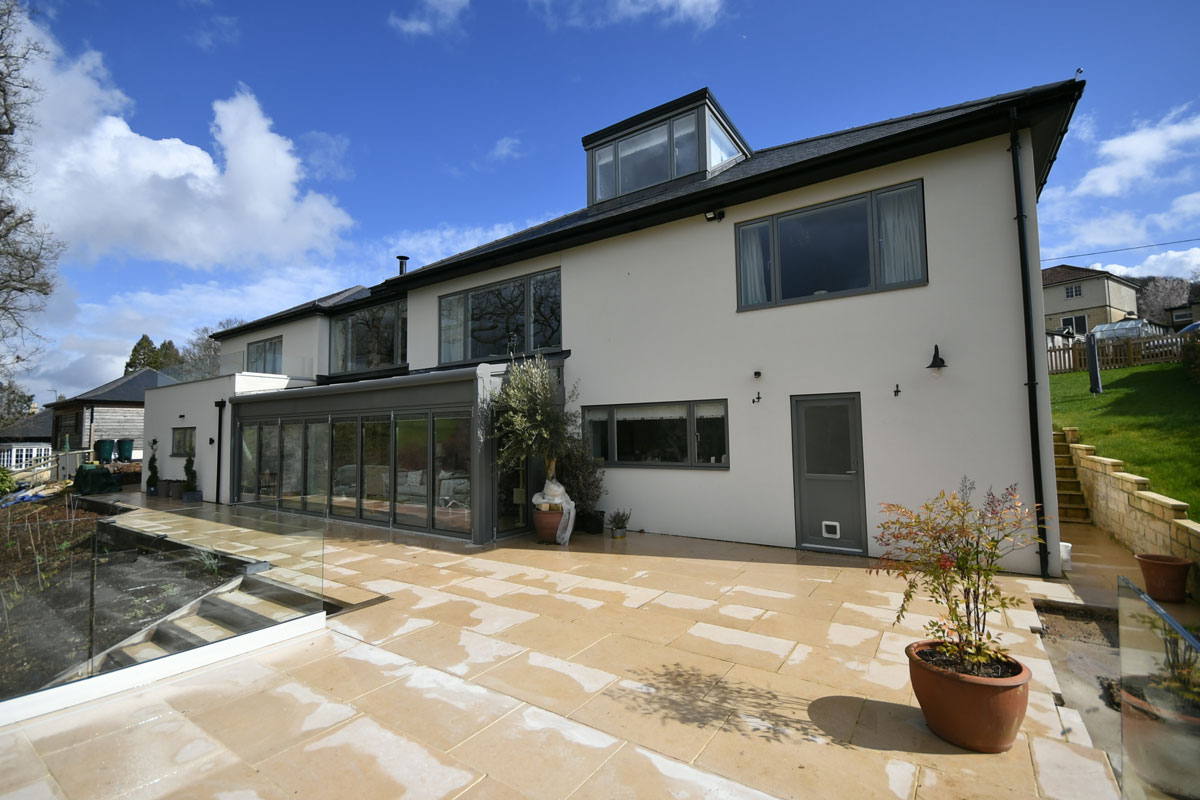A home extension is a fantastic way to add value and space to your home, and what better time to consider it than this year?
House extensions are one of the best investments you can make, particularly if you’ve built up equity in your home. However, there are many different types of extensions, and it’s easy to find oneself confused.
This blog explores crafting the perfect home extension for your needs, covering different types of extensions, design processes, planning permission, and more.
